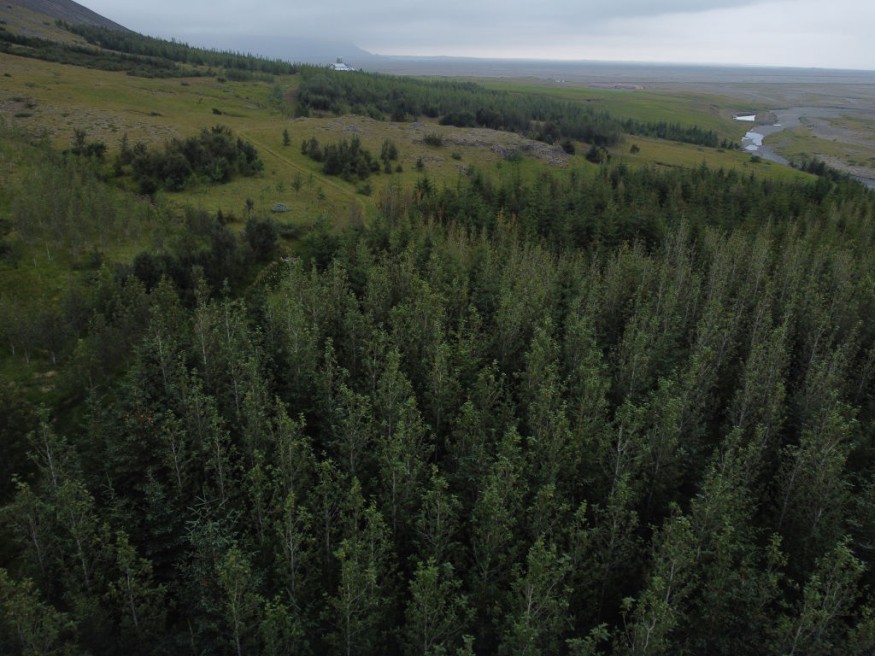Carbon ebbs and flows throughout Earth's processes are complicated and ever-changing events. Carbon is a migratory element that travels between the planet's atmosphere, ocean, soil, rock, and ice, changing forms along the route.
This carbon cycling occurs in the ocean, partly due to a biological carbon pump (BCP). Atmospheric carbon is fixed in the BCP by phytoplankton living on the sea's surface.
Carbon particles drop from the surface to deep ocean depths as phytoplankton dies. Before returning to the atmosphere, this carbon can stay for hundreds or even thousands of years.
New Perspective

The BCP has been viewed as a constant in the past; however, sediment trap data has shown the fluctuation of sinking carbon particles over the last few decades. Now, de Melo Virssimo et al. investigate how seasonal changes affect the amount and pace at which carbon and other nutrients sink into deep ocean waters.
The researchers utilized a worldwide ocean biogeochemical model to investigate how seasonality affected the number of carbon particles reaching the deep ocean. They were particularly interested in how the pattern and severity of seasonality affected carbon particle sinking speed and attenuation throughout the water column.
Comparing Models
When they compared their modeled seasonal outcomes to nonseasonal situations, they discovered that carbon particle transport increased by up to 196 percent when seasonal fluctuations were considered.
They discovered that particle fluxes in BCP are sensitive to the intensity of seasonal fluxes, especially in high-latitude regions. However, their model was a simplified representation of a sophisticated biogeochemical system. According to the researchers, this study emphasizes the relevance of seasonality on carbon flow, including sinking speed and the quantity of debris traveling through the water column.
According to the team, other studies may be underestimating how much carbon can be sequestered in the ocean if they think BCP is constant.
Deeper Understanding

New data should be collected to understand further how seasonality affects detrital sinking speeds. More refined inputs of additional parameters like water temperature and phytoplankton sizes and species, according to the scientists, might offer more specifics regarding BCP connected to seasonal fluxes.
Carbon is necessary to form complex compounds such as proteins and DNA, so it is the basis of all life on Earth. Carbon dioxide, a type of this element, may also be found in our environment (CO2). Carbon serves to maintain the Earth's climate, is necessary for all life is a fundamental component of the food we eat and is a significant energy source for our global economy.
The carbon cycle depicts the continuous movement of carbon atoms from the atmosphere to the Earth and back to the atmosphere. The quantity of carbon in this system does not fluctuate since our planet and its atmosphere is closed systems. The location of carbon in the atmosphere on Earth is continually changing.
When species die, volcanoes erupt, flames burn, fossil fuels are burnt, and other activities release carbon into the atmosphere.
Carbon is continuously transferred between the ocean's surface waters and the atmosphere in the case of the
ocean or it is stored for lengthy periods in the ocean depths.
Human activities such as burning fossil fuels and land development have a significant part in the carbon cycle. As a result, carbon dioxide levels in the atmosphere are fast increasing; they are now far higher than in the past 800,000 years.
Related Article : Study Shows How Urban Experimentation May Help Develop Better Sustainable Policies
For more news about making the environment sustainable, don't forget to follow Nature World News!
© 2025 NatureWorldNews.com All rights reserved. Do not reproduce without permission.





